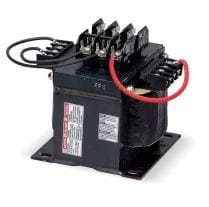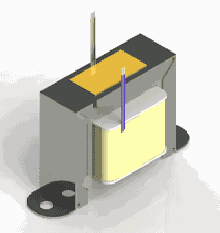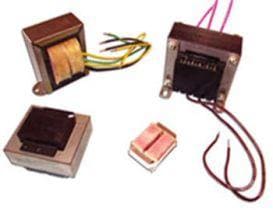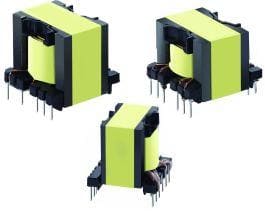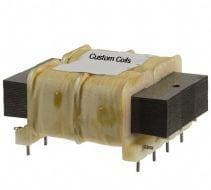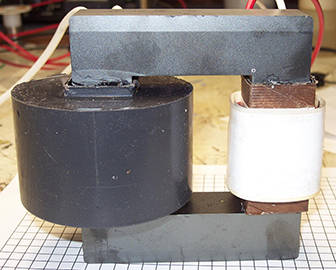
An electrical circuit consists of a huge number of components. However, a transformer is one of the most important components in an electrical circuit. It is responsible for transforming electrical energy between two circuits. To do this, a transformer makes use of two windings that are mutually inductive. Based on the circuit and application requirement, transformers can be of two types- step-up transformers and step-down transformers. Both these types have the same construction, except the number of windings on the primary and secondary side vary. The step-up transformers convert low voltage on the primary side to high voltage on the secondary side. On the other hand, a step-down transformer helps convert high voltage on the primary side to low voltage on the secondary side. Need more information on the topic? Read the following post to understand the basic design and working of a step-down transformer.
Basic Designing of a Step-down Transformer
The designing and working of a transformer is dependent on the number of windings on the primary and secondary. The following formula is used to design a transformer:
Ns/Np = Vs/Vp
Where,
Ns is the number of turns on the secondary
Np is the number of turns on the primary
Vs is the voltage on the secondary
Vpis the voltage on the primary
Therefore, while designing a step-down transformer, Np> Ns. This makes Vp> Vs.
How Does a Step-down Transformer Work?
These transformers play a very important role in power systems. There are a number of steps involved in the working of a step-down transformer. The following are some important steps:
- Step 1 – The very first step of the working of a step-down transformer is determining the voltage level. The voltage is set at a high level for a long distance transmission of energy. The reason for this is reduction of power losses during the transmission. Transmission systems at different voltage levels are connected to a power grid. A step-down transformer acts as an interconnection for the transmission systems. The voltage level is decreased with the help of this step-down transformer.
- Step 2 – In the second step, the transmission voltage is changed to suit the distribution level. This is again done using a step-down transformer, which is fitted with an on-load tap changer. Voltage level can be regulated with the help of a tap changer. In such a case, the typical voltage ratios are 110/20kV, and 220/20kV.
- Step 3 – This is the final step in the working of a step-down transformer. In this step, the voltage is adjusted according to the home voltage level. This voltage is suitable for operating different electrical devices, equipment, or machinery used in a home. These transformers are also referred to as small distribution transformers. These transformers have nominal power up to 5 KVA.
Hope you now have a better understanding of the inner working of a step-down transformer. A step-down transformer is basically needed for operating several household and commercial electrical devices, which require a lower voltage than that high voltage of the main power lines. Good quality step-down transformers, which are maintained properly function as desired. Therefore, it is always a good idea to get these transformers from a good manufacturer. Custom Coils is a name you can trust when buying a step-down transformer. The company has a huge experience in manufacturing different types of transformers and also provides services, such as transformer lamination, custom winding, and prototyping.


